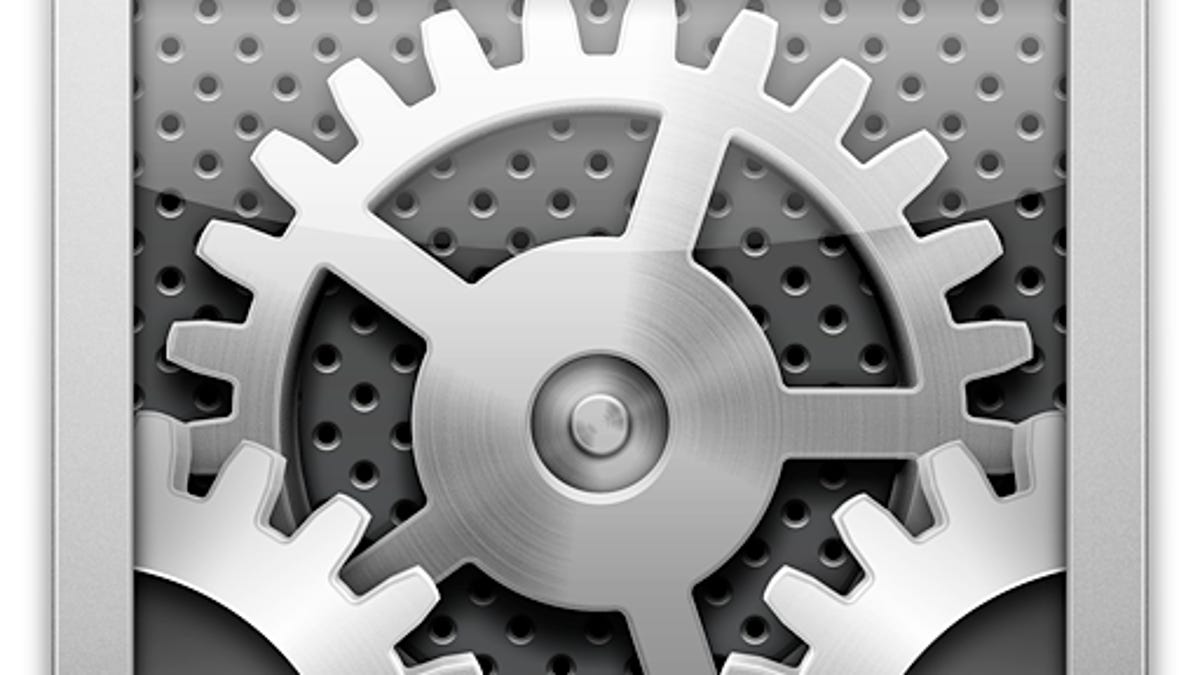Customize OS X system preferences (tip)
In OS X Lion Apple has added a new option for customizing the system preferences, allowing you to conveniently show or hide individual preference panes.

The folks at Macworld have reported on a new feature in OS X Lion that is quite useful, especially if you regularly access the system preferences.
Apple's system preferences in OS X are organized into several categories such as Personal for managing the look and feel of your OS X session, Hardware for adjusting input devices and displays, Internet & Wireless for adjusting online services and connectivity, System for user accounts and backup options, and Other for third-party add-ons you may have installed.
While this organization of the system preferences can be useful, if you access preferences a lot then you may find it cumbersome to see sections you don't use. For instance, if you have upgraded from MobileMe to iCloud, even though you do not use the MobileMe services anymore the preference pane remains in the system preferences.
Additionally, if you have the OS X developer tools installed you might have activated additional panes such as the Processor hardware pane or the Network Link Conditioner, which can cause the preferences to use up extra screen real estate.
Macworld has discovered that in Lion you can customize the system preferences by choosing "Customize" from the View menu. When you select this option there will be check boxes next to the system preference panes, which you can use to show or hide those panes. And if you have a third-party preference pane installed and no longer need it, then instead of hiding it you can right-click it and choose "Remove Preference Pane" to uninstall it completely. After you have edited the system preferences to your liking, just click the Done button to save the settings.
Beyond using the customize option to show or hide individual preference panes, there are some alternative modes for the system preferences that might also be useful.
If you choose to see only a limited number of system preference options, there will now be a large amount of wasted window space with the preferences organized by category. You can choose the option to organize them alphabetically instead, which will keep them in a tighter organization that might be convenient for some purposes.
If you need to access one of the hidden preference panes, you can still get to it quickly either through the View menu (select it from the list of available preference panes), or by searching for it. For example, if you hide the Displays system preferences then you can type "Displays" into the search box and selecting the first result will open the hidden Displays pane.
While these customizations are new and potentially useful, Apple has not yet implemented a way to reorganize the system preferences beyond switching between listing them alphabetically or by category. You can't manage their layouts, a feature that would be exceptionally useful to have.
Do keep in mind that these customizations will only be for your user account, so you cannot use this to prevent another user from accessing a specific preference pane. To invoke these limitations, you will need to ensure that the other user is a managed account (not administrator) and then use the Parental Controls system preferences to adjust whether or not that user can access aspects of the system.
Questions? Comments? Have a fix? Post them below or e-mail us!
Be sure to check us out on Twitter and the CNET Mac forums.

